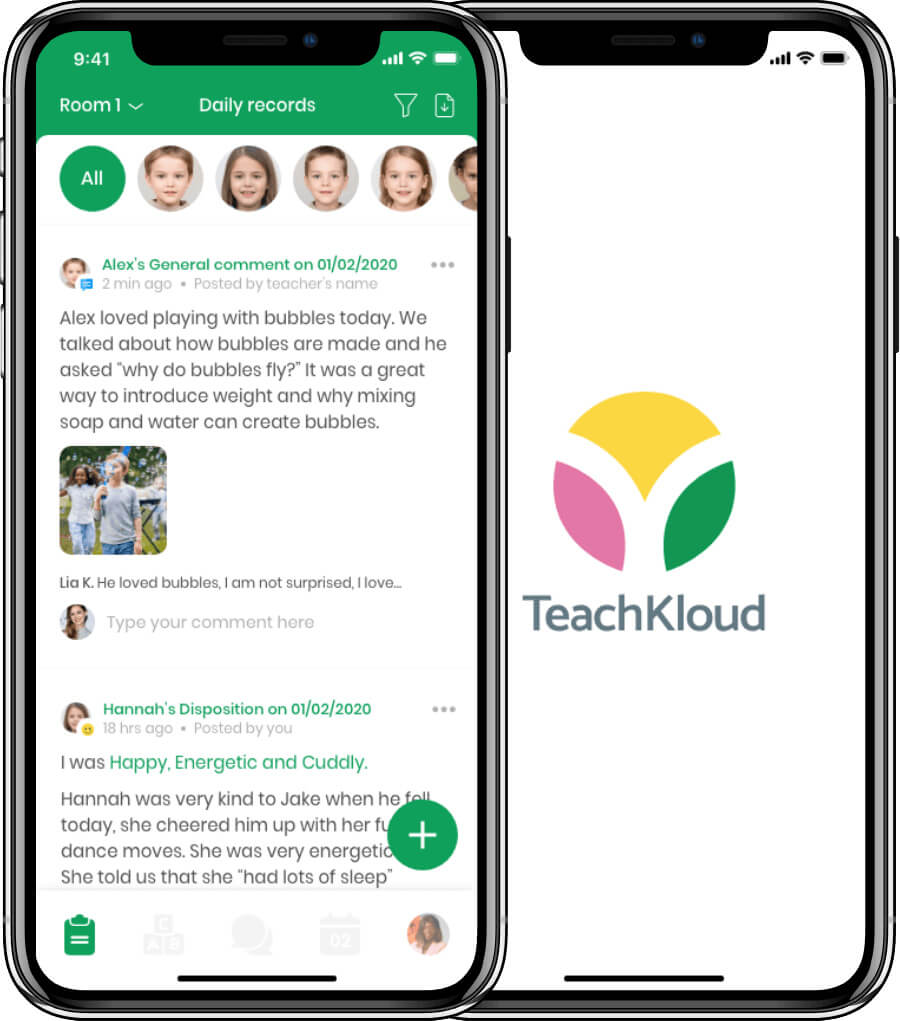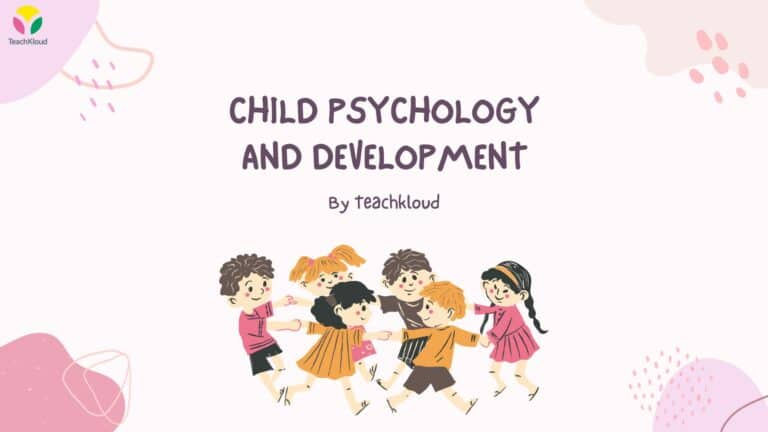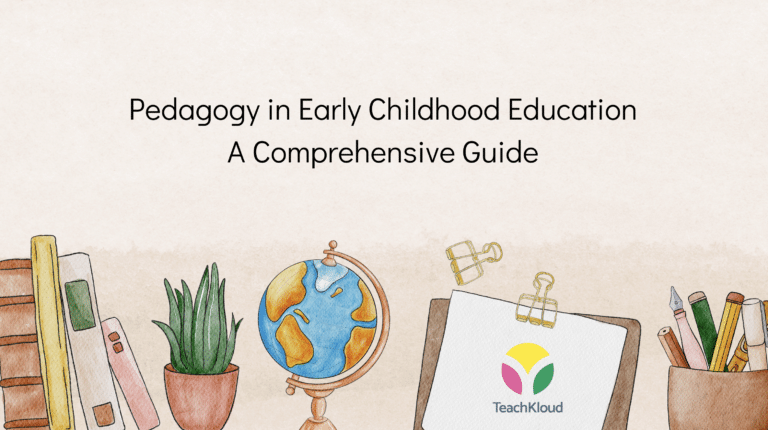The main focus points of this article are:
#1: The Importance of Assessment
#2: Silent Period
#3: Home School Connections
#4: Build on Prior Knowledge
#5: Make More Time for Student Talk
#6 Weaving the First Language in with English as an Additional Language in Early Years
#7 Talk As You Go
#8: The Buddy System
#9: Experiences to Confirm Language Skills
#10: Games, Stories and Books
Introduction to Supporting Children with English as an Additional Language in Early Years
The percentage of children speaking English as an additional language in early years has more than doubled since 1997. With rising immigration worldwide, there are more children with different backgrounds in pre-school. For example, in the UK 2018 census, 21.1% of children had another language as their first language. This provides an exciting challenge for educators! Here’s what educators should know about children in their classroom with English as an additional language in early years.
What You Need to Know About Supporting Preschool Children with English as an Additional Language in Early Years
Children are often mislabeled as ‘slow’ learners due to the language barriers that occur during the early education years. However, the child is actually trying to master a new concept academically. They are also doing so in a language that they are not proficient in yet. YET, is the key word here. Therefore, it’s crucial that educators don’t stifle a child’s home language but rather use it as a scaffolding method to help them become more confident at speaking in English, which will, in turn, help them excel academically in the years to come.
The Bell Foundation’s five-year study concluded that children could take six years to move from a lower proficiency in English to the highest. However, when a child acquires English they excel. At times, they even fare better academically than their First Language English speakers.
Multilingualism has long-term benefits, such as increased employment opportunities in the global economy. Speaking two or more languages has also been demonstrated to boost cognition and lessen the risk of Alzheimer’s disease. On the other hand, some studies suggest that if a child is less proficient in the language in which they are taught, it can take a toll on their learning. So, how can educators ensure they support preschool children with English as an additional language in early years? There are several research-backed strategies that you can implement to empower a child’s journey of ongoing learning.
10 Strategies to Support Preschool Children with English as an Additional Language in Early Years
Remember that children with English as an additional language in the early years are of course, learning a new language but also learning new concepts within that language. That’s a difficult job for anyone. Imagine you’ve just learned Mandarin or Italian and are now told you’ll have to cook a meal with a recipe only in that language. Unless you have some significant guidance, things may not turn out as planned!
We must identify the significant gaps in English language development in order to give focused, relevant, and contextual assistance to narrow the gaps and produce successful learning outcomes. Because EAL children must study both English and the topic in English, a determined effort to improve academic vocabulary is required for them to access the curriculum. We’ve compiled a list of our top 10 suggestions to help you.
#1: The Importance of Assessment
Researcher Patton Tabors emphasised the importance of assessment after extensive observation with children learning English as an additional language in early years. Educators must come equipped with the fact that the children understand how to interact with language. They’re just learning what a new one is.
These are the typical stages a child with English as an additional language will go through:
- The child will use their home language in pre-school, despite being the only one who seems to understand it. Using childcare management apps like TeachKloud, educators can easily document child observations using text, video, images and reflections. These observations can be linked to your curriculum and framework! See how it works here.
- The child will realise their home language isn’t being understood and can’t communicate in their new surroundings like they would at home. Typically they will enter a non-verbal, otherwise known as silent, period while they begin to understand the new language.
- The child will begin to try words they’ve learned or phrases in the classroom or with peers in English. The goal here is to provide open-ended learning opportunities that are based on the interests of the child. For example, if children are interested in science activities, you may want to implement science experiments that get children working in groups like these ones.
- The child will become more proficient in English, speaking in sentences.
Children who have English as an additional language in the early years are all different and will require a unique strategy. Be aware these children understand concepts, and you must change your mindset to not label them as ‘slower.’ To determine the amount of support among individual learners, conduct initial and ongoing assessments of both language proficiency and cognitive skills. Use evidence-based methods and resources, such as The Bell Foundation’s award-winning EAL Assessment Framework and Digital Tracker, to conduct a rigorous and consistent assessment and record proficiency in English levels. This framework can also be added to your TeachKloud nursery app account and be used in line with your learning journals! Set specific objectives and support techniques for teaching and learning to assist children in progressing to greater levels of competency. Children with English as an additional language in the early years, will be able to participate fully and access the curriculum as a result of acquiring academic linguistic proficiency sooner rather than later. Ensure that you do not deny children the right to express themselves in their home language but rather use it as a scaffolding tool to build on their knowledge.
#2: Silent Period
Using Vygotsky’s method of proximal development is helpful for educators to support children who are learning new concepts with English as an additional language in the early years. Listening first and then interacting during learning opportunities can help educators scaffold the child’s understanding of language, eventually leading to them talking aloud. When a child is in this stage, it’s essential for an educator to:
- Continue speaking to the child, even if they don’t respond. You can describe what you’re doing, explain what the child is doing, ask questions, use storytelling and so on.
- Include the child in group learning opportunities where they will be immersed in learning or play with other confident children who are outgoing. Here are some examples.
- Use the child’s first language to communicate and scaffold their knowledge without relying on it too often for the same thing.
- Praise the child’s effort during learning opportunities.
- Structure learning opportunities that reinforce English as an additional language in early years through role-play with other children and educators.
#3: Home-School Connections
Parents and educators must work together and establish a relationship early on to support preschool children with English as a second language. Setting expectations, goals and communicating prior knowledge early is a critical first step in facilitating the learning process. Here are a few ways you can help bridge the gap! Communicate effectively with parents of children that are learning English as an additional language in early years using these strategies:
Invite the parents to visit the preschool
Take the opportunity to show them the environment that their child will be learning, playing and having new experiences in. Ask questions about their home life and take the time to listen so you can identify potential collaboration opportunities. TeachKloud’s parent engagement software enables parents to complete enrolment forms that encourage parents to document their child’s interests, dispositions and other areas to provide a holistic picture of the child from the parents viewpoint. Parents can easily send messages, view their child’s learning and contribute to the holistic development of the child. See how the parent engagement software works here.
Actively make connections to the child’s home environment
Give the child storytelling techniques that will prompt them to speak about their home life. Craft in-class activities, such as showing pictures of the child’s home, pet, or family members. This provides the educator with knowledge about their home life and information to build learning opportunities around this. For example, if the child brought in a picture of their pet, you could create a glossary of items that the pet would have in their first language and in English so they can create a story.
#4: Build on Prior Knowledge
Building on prior knowledge to support preschool children learning English as an additional language in early years is crucial. Sometimes, this means allowing the child to learn in their first language without inhibiting them from growing proficient in English. A case study of 4-year-old Ria showcases the importance of this.
Ria was mislabelled as a ‘slower’ child because an educator silenced her for using her home language. Ria spoke Gujerati at home and would substitute any Gujerati words she didn’t know with English, while at home with her family and vice versa while at school. However, educators in her learning environment forced her to only speak in English while in the classroom. Ria became more reserved and quiet, only speaking when the educator was out of the room, so that they weren’t upset with her. Since she would often hesitate to answer questions due to this fear of anger, she was labelled as a ‘slower’ communicator and learner. Two years later, it was discovered that was far from the case. Ria was one of the top achievers in the school. However, this is not the case for all children, mislabelling young learners can have disastrous effects on their mental and emotional well-being, as well as increasing family stress.
Importantly, it is vital that as educators we build on prior knowledge and allow children to use learning opportunities that translate language through a glossary. For example, role-play, or storytelling can help early learners unlock their proficiency of English as an additional language.
#5: Make More Time for Child Talk
Meaningful language experiences are crucial for associating meaning in communication rather than repetition of sound. Children must be able to not only repeat but construct their own sentences and give meaning to them. Engaging in communication with other peers during child talk time will allow them to practice what they’ve learned through role-play or in-class interactions.
As an educator, you can use child talk time as a future learning opportunity. Listen closely to children’s conversations and take note if the child is being reserved or if they’re participating in the discussion. Write down any observations that you can discuss or create a role-play learning opportunity later to reinforce their proficiency in English.
#6 Weaving the First Language in with English as an Additional Language in Early Years
Using Strategy #3 to create home connections, you can also weave the child’s first language in with English as an additional language in early years. Gather as much information about the child as possible, including what languages they speak at home, so that you may include them in your preschool environment. Use enrolment software and parents engagement apps like TeachKloud to make this process as seamless as possible. That way, you can determine how to enhance the learning opportunities by building on prior knowledge through language scaffolding. This will also help give the child confidence and self-esteem by reinforcing their home language’s value, rather than covering it by only allowing English to be used.
Make a point of accurately pronouncing their names and demonstrating an interest in their language. One method is to have literature or learning opportunities about the child’s native language and culture. To support this, inform parents that the children may still acquire curriculum content in their first language and that the pre-school promotes this. Parents, for example, can read in their own language at home and assist their older children with homework in their first language and actively help them translate it to English.
#7 Talk As You Go
Another proven strategy to assist children when learning new concepts with English as an additional language in early years is to talk as you go. There are a number of ways you can do this. It could be anything from:
- Speaking as you play alongside the children. An example of this could be, “Could you please pass the purple marker? Oh, that’s the green marker. I won’t need that until later. Yes, thank you, that’s the purple marker!”
- You can practice ‘self-talk’ through any learning opportunities you are engaged in. An example of this could be, “I am writing our daily schedule on the chalkboard for this week. Right now, I’m writing in our plan for Monday.”
- You can practice a ‘parallel talk’ strategy where you actively comment on what the child is doing.
The above approaches are noted to be effective for short periods! But holding onto this strategy for more prolonged periods could become a learning crutch.
#8: The Buddy System
Mimicking behaviour is not a new concept – babies learn sounds from their parents and toddlers copy actions! A common way we learn is by partnering with a knowledgeable other. Therefore, establishing a buddy system for any child who is learning English as an additional language may be beneficial. This can help boost their confidence by using peer support within Vygotsky’s social learning framework.
Examples of this type of support would include listening to the peer read aloud in English and instructing them in group learning opportunities by both showing and telling. Not only will this help the child understand language outside of a repetitive nature, but it will also assist with forming relationships with peers that are proficient in English.
#9: Experiences to Confirm Language Skills
Setting regular routines has been suggested to aid in the establishment of consistency when learning a language. BUT it may also be a missed learning opportunity. Are you positive that the EAL’s understand what you’re saying if you talk about the weather every day? Or is it just repetition, where they don’t comprehend the concept but can duplicate the phrases? Helping children develop linguistic experiences will assist them in transferring information to real-life learning.
You may help by taking preschool principles and planning day excursions or at-home learning opportunities where they can be reinforced. Sending images home with the child using apps like TeachKloud, so that the parent may participate in their child’s learning by explaining the photos in their native language as you discuss it in English in the classroom might help reinforce new concepts. TeachKloud also encourages parents to send their own images, videos and comments to the preschool to reinforce home-school partnerships.
#10: Games, Stories and Books
Games, stories and books are prominent in many cultures, languages and linguistic heritage. Using both traditional and new stories create learning opportunities that contribute to children’s understanding and development of the use of language.
Stories bring enjoyment, delight and paint the picture by assisting in the development of children’s imaginations. They allow them to explore a range of concepts and feelings. Above the enjoyment factor, stories also aid in organising their thinking and connecting ideas to knowledge. Children can produce concepts in their original language that can then be translated into English. For example, using illustrated sequences, drawings, puppets, and wordless image sequences.
Children learning English as a second language benefit greatly from exposure to storytelling in their home languages. The vocabulary and structure of stories may be translated to a second language. However, prior knowledge of stories helps and facilitates learning. Dual text stories can be a beneficial resource when there is a written text in the home language. Planned stories might be an excellent method to learn a new language. Choose stories with a straightforward plot to ensure they won’t get lost easily. Repetitive stories, such as Goldilocks and The 3 Bears, are particularly useful. They give children the opportunity to hear language sequences, and they can rehearse the phrases and give them meaning.
Above everything, be patient. It takes time to learn another language. A young child typically needs one to two years to become fluent in a familiar pre-school context. However, it may take up to seven years for EAL learners to develop academic language and literacy competency. If you have any concerns about an EAL child’s development, book a demo to find out how to save time with pre-school administration! TeachKloud supports educators with reducing paperwork and facilitating positive child /family relationships.






